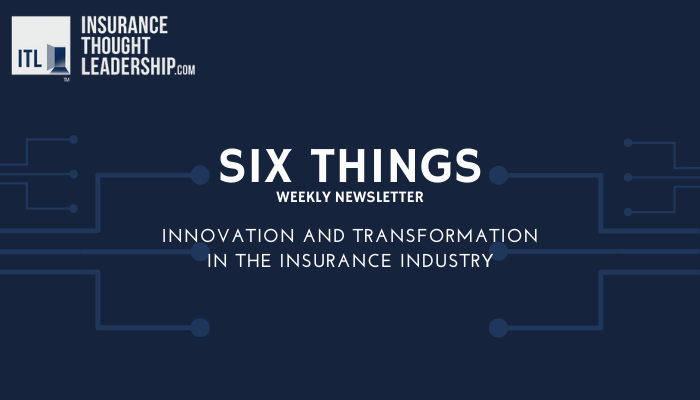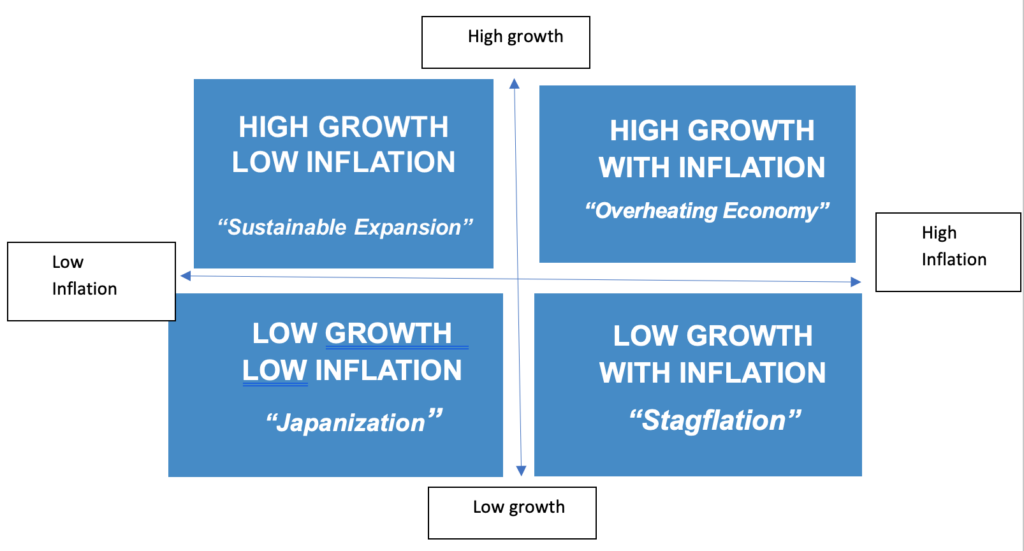This article was written by Christian Mumenthaler, Group Chief Executive Officer, Swiss Re, for the International Insurance Society, a sister organization of Insurance Thought Leadership, under the umbrella of The Institutes. To see more IIS articles by Mr. Mumenthaler and other IIS experts, visit internationalinsurance.org.
The pandemic has accentuated the global insurance protection gap. Last year it reached a new high of USD 1.4 trillion, according to the Swiss Re Institute. This growing gap between economic losses and those that are insured exacerbates the lack of societal resilience, especially in emerging and developing countries.
As the protection gap in US flood insurance shows, even in developed markets there are risks considered uninsurable. Only one in six homes in the US has flood insurance. As a result, the cost of storm damage in an average year results in USD 19 billion in uninsured losses from flooding, compared to USD 5 billion in insured losses.
Digitalisation can be a great lever for re/insurance to reduce the protection gap. First, it opens a whole new spectrum for insurers to collectively cover risk – including those that are currently uninsurable. Second, digital technology can help to overcome the major obstacles for people and businesses to buy insurance: affordability, ease of access, attractiveness of the product and transaction costs.
More risks become insurable with deeper risk knowledge
Modelling of risk with more granular data and analytics provides exceptional risk information, allowing the insurer to rate a risk based on individual exposure and propose tailored solutions. In the case of flood risk in the US a generation ago, we had limited ability to determine the true flood risk for a location. Today, our fully probabilistic US flood model can identify differences between risks within the same flood zones. This means that insurers can offer flood coverage on a house-by-house basis even in areas which were previously deemed uninsurable.
Big data and Cloud computing enable new insurance models that were formerly not possible due to lack of real-time connectivity and access to vast amounts of data. One such new model is parametric insurance, where indicators for natural disasters and weather events are currently the main triggers. However, with the right curated data, other triggers can also be identified. Instead of wind speeds or rainfall to protect farmers from crop failure, new parametric insurance is linked to indices that are not weather-related. For example, we have developed coverage for the loss of a tourist destination's attraction due to terrorism or travel disruption, using hotel occupancy or flight delays as triggers for payout. In this way, more of the currently uninsurable risks can also be covered.
Another new approach enabling more accurate risk assessment is real-time data on behaviour. Pricing based on risk behaviour can incentivise behavioural changes, mitigating moral hazard for risks that can be controlled by the insured.
For example, our telematics app Coloride in the field of motor insurance can identify risky maneuvers, speeding habits and phone usage while driving, and offers post-drive coaching when the trip is over. Over time, Coloride assigns a risk score to each driver that an insurer can use to calculate a user-based premium. By offering a financial incentive to safe drivers and flagging risky behaviour, insurers encourage responsible driving, making roads safer for everyone.
With more risk knowledge, insurers can offer more affordable coverage for behaviours that help mitigate risks. Accordingly, they can provide protection for risks they couldn't cover before.
Pave the way to ethical technology use
In essence, I see big data as the fertile ground to create new markets and to diversify risks that up to now were considered uninsurable. I think it's no surprise that data is sometimes referred to as the new gold. As the value of this intangible asset for re/insurers further increases, it is of utmost importance to ensure trust in the use of data, Artificial Intelligence and Data Analytics (AIDA) systems.
At Swiss Re we have implemented rigorous standards and frameworks on digital governance, data protection and privacy, transparency, conduct and analytical model validation. As a data-driven risk knowledge company, we are also actively addressing the ethical challenges of new technologies that regulators have only recently begun to tackle.
Only responsible digitalisation can make a sustainable contribution to reducing uninsurability. That's why we also want to ensure fair treatment and inclusion beyond regulation. It is important to us, for example, to check that the underlying algorithms and models are transparently trained and calibrated, and lead to unbiased decisions. The digital responsibility principles we are developing include robust governance controls, such as continuous monitoring of automated decision-making processes to prevent individuals or specific group of individuals to be unfairly impacted.
Digitalisation reduces the barriers to access
To diminish the uninsurability of risks we must also tackle high transaction costs. The costs of distribution, administration and claims settlement swallow up a third of insurance premiums. The digitalisation of the value chain will eliminate many inefficiencies in the insurance market.
Faster and real-time assessment of policyholder's risks, taking out policies online and automated claims settlement drastically reduce the costs of insurance. Artificial intelligence and machine learning are bound to further accelerate processes. Affordability and effortless customer journeys pave the way to higher insurance penetration in the future.
Apart from changing the vertical processes of the industry, digitalisation is also ploughing up the horizontal distribution landscape. With partnerships, existing acquisition and distribution platforms can be leveraged by new channels and platforms – leading to a win-win situation in scalable ecosystems. The inhibition threshold to conclude an insurance policy embedded in a proven customer journey is significantly lower than when concluding an insurance policy alone.
Especially in developing countries, insurance distribution via mobile is a game changer for accessibility. Through mobile phones, farmers who do not have access to the internet can insure a crop, for example. When they suffer a loss, they receive a timely payout via mobile to get back on their feet.
Some risks remain uninsurable
The ongoing technology-based shift of re/insurers from "detect and repair" to "predict and prevent" will bring great progress in dealing with risks before an event. The new approaches to prevention must not forget risks that are considered uninsurable. Of course, helping to mitigate an uninsurable risk is worth at least as much to the industry as covering it financially. Through smarter use of data, we see the risk landscape evolving rapidly, creating opportunities and new ways to help society benefit from risk knowledge. However, we must accept that digitalization cannot overcome all currently uninsurable risks, but with it we can take an important step towards societal resilience and reducing the protection gap.




































